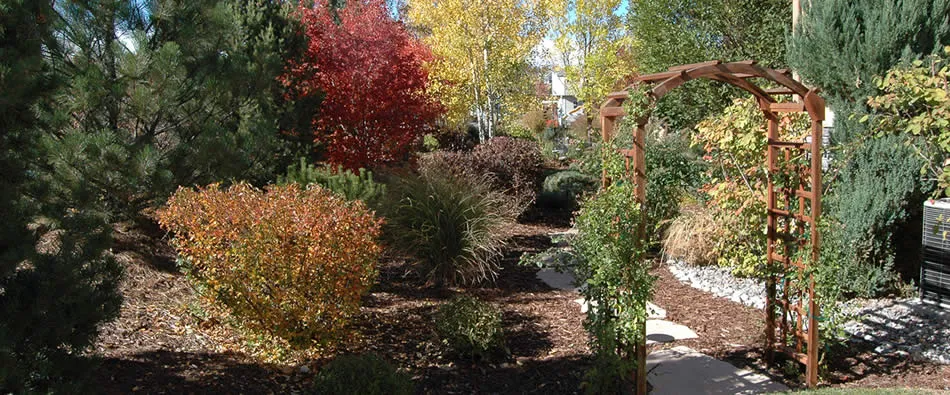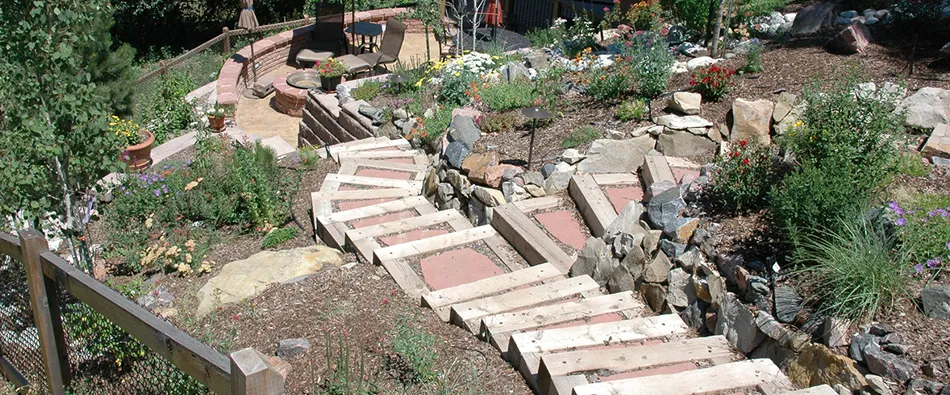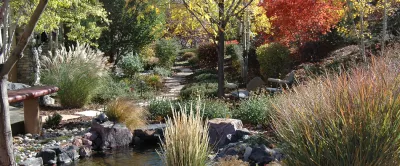Why leaves change color in the fall
What causes leaf color to change from green to yellow or red in the fall?
It's a combination of light, temperature and available water. With less light on short days, trees and shrubs return to an energy-saving mode to survive the winter. Short days and falling temperatures signal trees and shrubs to quit producing chlorophyll, which converts sunlight into sugars through a process called photosynthesis.
As chlorophyll breaks down, leaves reflect the remaining leaf pigments that were there all along. Yellow is produced by carotenoids, the same pigment that gives carrots their color. The red color is produced by anthocyanin.
These pigments, normally masked by chlorophyll, help protect leaves from excessive sunlight. Anthocyanin are actually toxic, and contribute to a plant's natural defense against insects.
Many of our native trees, and trees introduced to Colorado, turn yellow in the fall. Aspen in the high country can turn entire mountainsides golden-yellow. Huge areas are actually clones of the same tree that have spread via underground root suckers.
Moisture during the fall keeps leaves bright and colorful for a longer period of time. When conditions are dry, leaf color fades to brown, and leaves drop quickly. Cooler temperatures also support a longer period of color, which explains why fall color lasts longer in the mountains than along the Front Range.
The normal season for autumn color is September and October. On average, the best color occurs in late September and early October. Of course, with Colorado's temperamental weather, fall color can occur earlier or later.
Contact us for your entire landscaping needs at :






